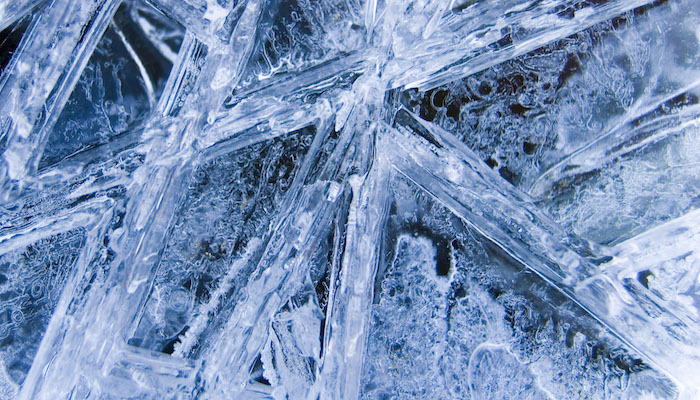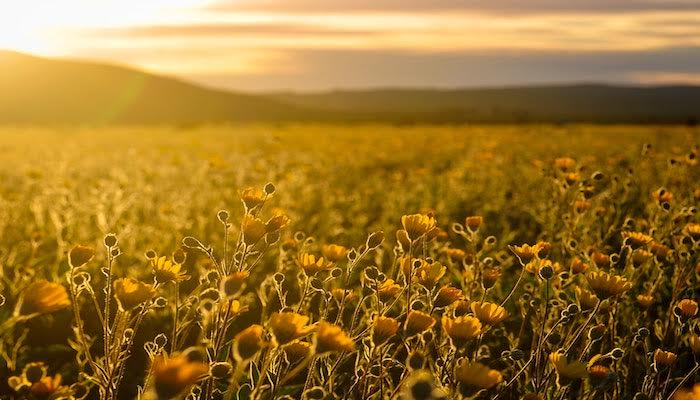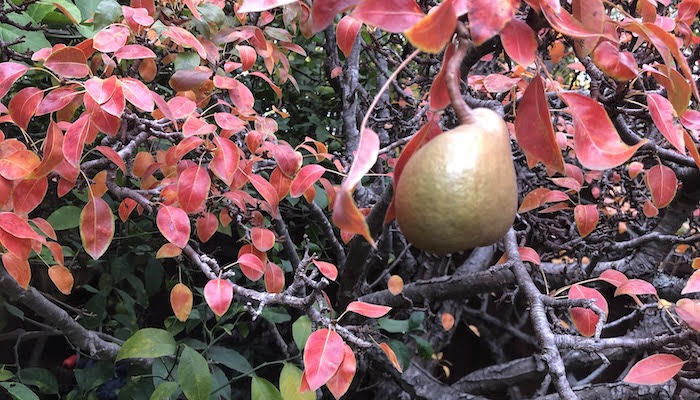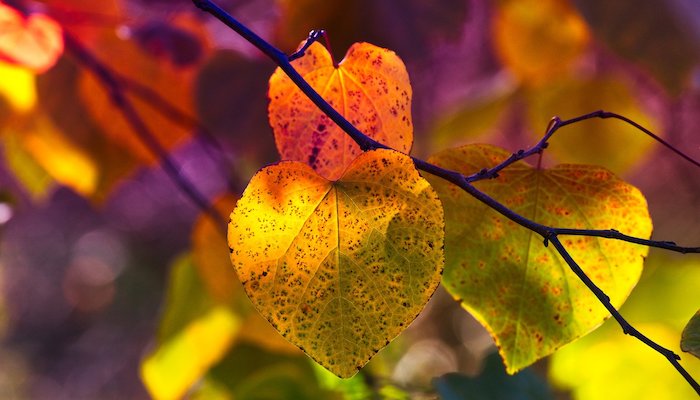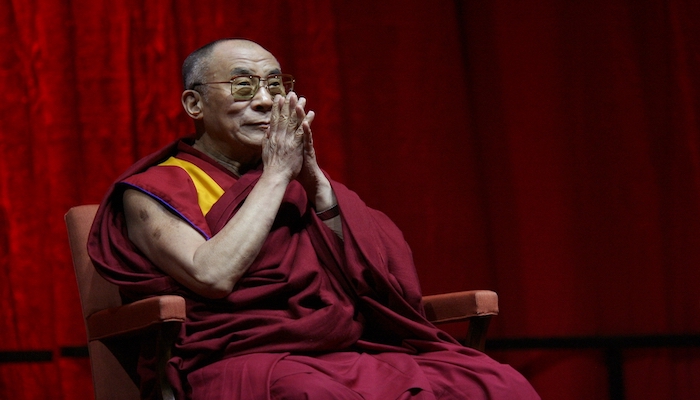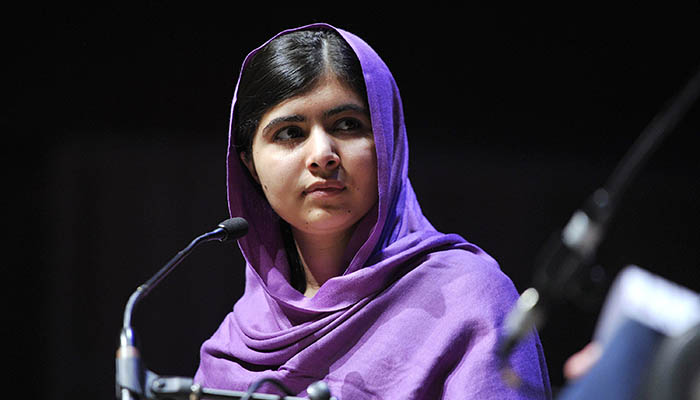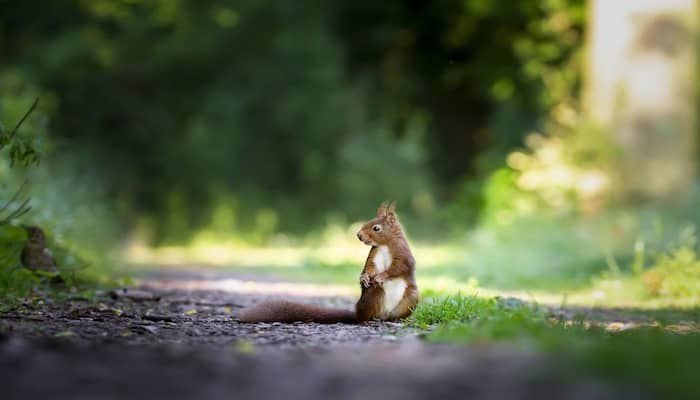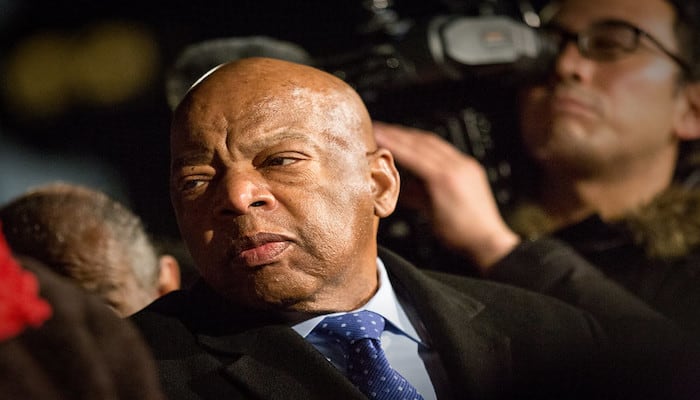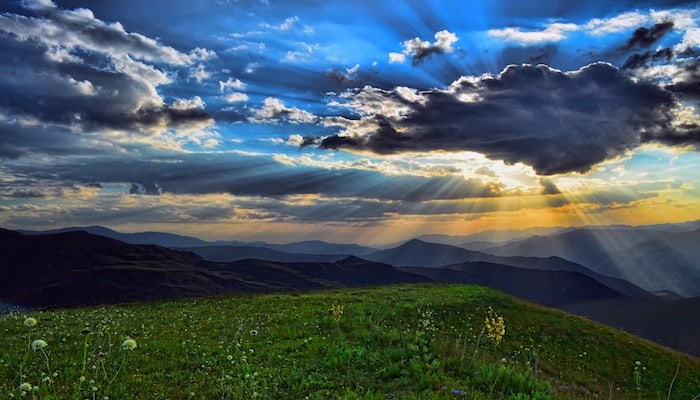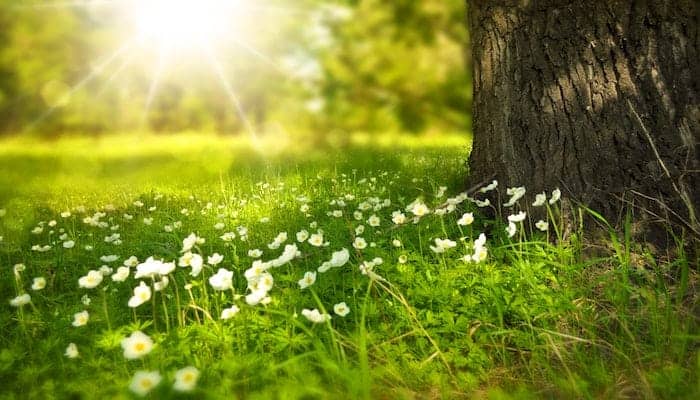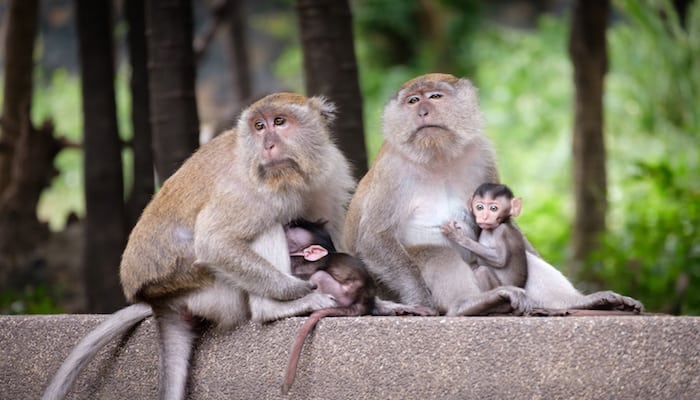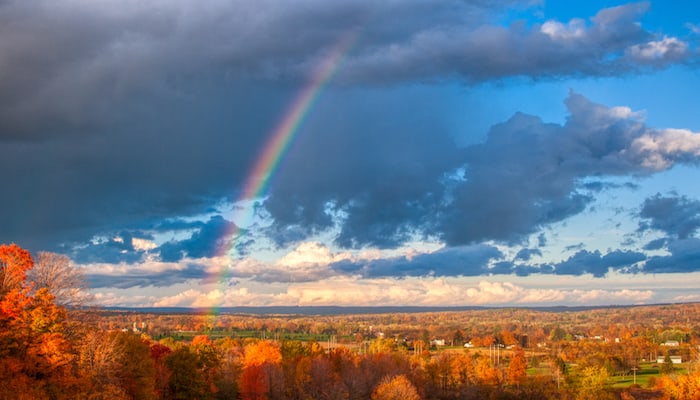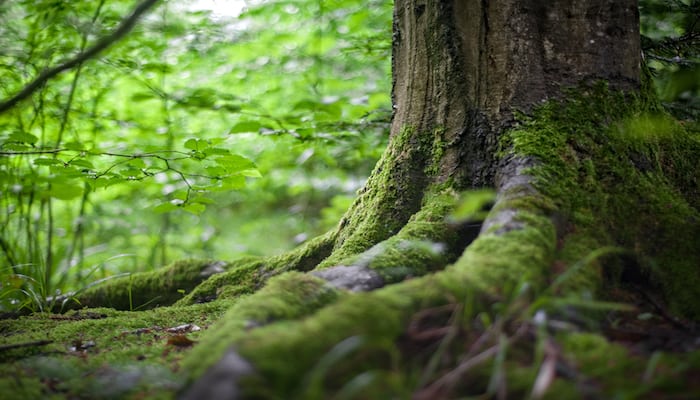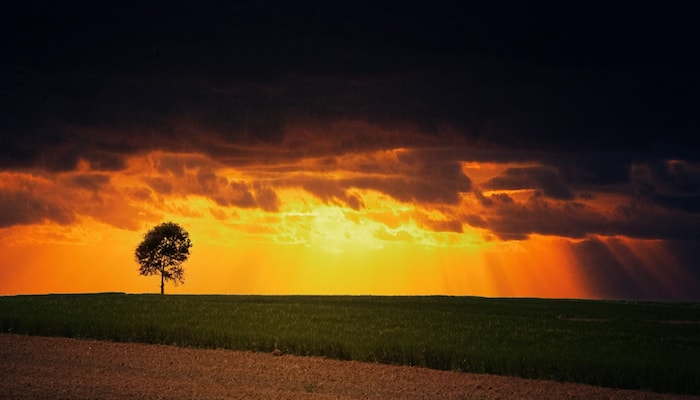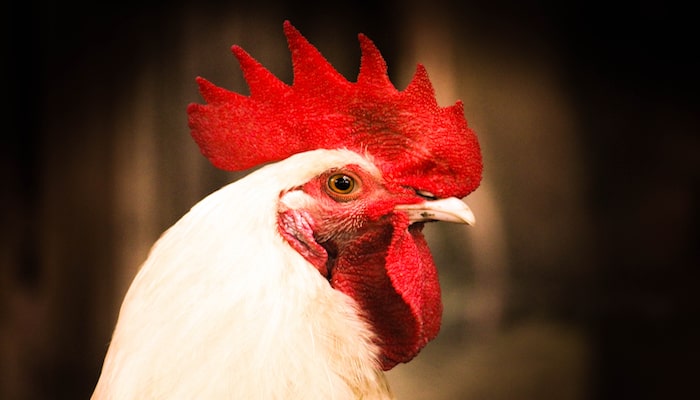Category: Blog
Blog: Like Rays of The Sun, Radiating Outward: How Our Personal Work Affects the Collective
By Elizabeth Brinkman Day, Ph.D., CHT
“Give me your tired, your poor/ Your huddled masses yearning to breathe free.” These iconic words from Emma Lazarus’ 1883 sonnet, “The New Colossus,” gracing the pedestal of the Statue of Liberty, are far from actualized in our country. The day before the Statue of Liberty’s inauguration in October 1886, the New York State Woman Suffrage Association met, agreeing that the statue was a symbol of hypocrisy, given that the monument was representing Freedom as a majestic female in a State where women were not yet free to vote.
Blog: Finding Light on the Winter Solstice
By Isa Gucciardi, Ph.D.
The wind is cold and biting. I hear the neighborhood kids playing in the fallen leaves all around the Sacred Stream Center as the late afternoon sun is setting far too quickly. I rarely put the electric lights on in the Sacred Stream Sanctuary, because the room has stained glass windows on the eastern, southern and western sides of the wood paneled space. Throughout the day, I know what time it is by gauging where the light is falling in the room. Now, it is fading fast behind the 100-year-old arched stained glass that engulfs the western wall.
This is the fourth time in the solstice calendar that we have cancelled our quarterly drum circle. We have come together to mark the solstice or equinox since 1995. When the spring equinox circle was cancelled in March of this year, it was jarring to realize that our traditions could so easily be abandoned. Now, with the winter winds, it does not seem surprising at all that anything we may have planned does not occur as we thought it might.
As we look into the darkening nights, we are all facing obscurations on so many levels. The pandemic promises to continue to break infection records. Our political landscape both nationally and internationally is fraught with so much danger. The climate crisis deepens as our fellow creatures continue to withdraw from the earth. Since human time began on earth, the winter solstice season has been a time when people have looked into the yawning darkness and wondered if the light would ever return. We still ask this same question, and its import is multiplied across the many layers of complexity we are facing.
Blog: Reflections on the Fall Equinox
By Isa Gucciardi, Ph.D.
I am sitting in the garden at the Sacred Stream Center as dusk is falling on September 22, the fall equinox. Usually, we would be calling the community together at the fall equinox drum circle, and the garden would be humming with conversation. It is quiet here now. There is just the sound of the bubbling fountains and the calling of the birds enjoying a late afternoon bath.
This is the third season where we have not been able to come together for the drum circles which we have held since the mid-1990’s on every equinox and solstice. In March, at the spring equinox, we were all adapting to the new reality that the coronavirus created as we practiced social distancing. We could not come together to welcome the new season as we have been doing for decades. By June, at the summer solstice, we were hoping that the solstice would mark a new coming together. But a resurgence of coronavirus in California dashed that hope. And now, here at the fall equinox, I am reflecting on the passage of time as we continue to socially distance, fearing yet another predicted resurgence of the virus between now and the winter solstice on December 21.
Blog: His Holiness, the Fourteenth Dalai Lama
By Isa Gucciardi, Ph.D.
“We all share an identical need for love, and on the basis of this commonality, it is possible to feel that anybody we meet, in whatever circumstances, is a brother or sister. No matter how new the face or how different the dress or behavior, there is no significant division between us and other people. It is foolish to dwell on external differences because our basic natures are the same.”
-The Dalai Lama
His Holiness, the Fourteenth Dalai Lama, is a role model of compassion and courage for millions of people around the world. He has, almost single-handedly, stared down the Chinese government as it has dismantled Tibet and turned it into a Chinese fiefdom. He has done this without ever uttering an unkind word as he has watched thousands of his countrymen and women die at their hands.
His Holiness, the Fourteenth Dalai Lama was born in 1935 in Amdo, Tibet. His birth name was Lhamo Thondup. When he was two, he was recognized through a series of signs as the fourteenth incarnation of the Dalai Lama. He was sent to a monastery where he studied Buddhist philosophy.
In 1958 and 1959, as he was taking his final examinations, the Chinese, who had been in Tibet for several years, overran the country. His Holiness barely escaped. Thousands of other Tibetans were not so lucky. The Chinese killed and tortured thousands of Tibetans and destroyed many of the monasteries that had housed the ancient wisdom of Tibet and Buddhism for centuries. The losses of the Tibetan people were overwhelming.
Blog: Malala Yousafzai: Education is for Everyone
By Isa Gucciardi, Ph.D.
When I was 12, I attended a small one-room school in Riyadh, Saudi Arabia. Most of us were from other countries, and I was one of the few students who spoke English as a first language. There were a few Saudi children, in spite of the fact that girls and boys were not supposed to be educated together.
The story I heard was that the King looked the other way when he heard this rule was being broken because the children there were from influential foreign families. However, when the headmistress admitted a 13-year-old Saudi girl, the King closed down the school overnight. He was furious that a girl was being educated past the age of 12.
I had been told that I would be sent to a boarding school in Lebanon, and I was excited about the prospect. When I arrived for the last day of school, I found two of my classmates crying in the corner of the room. They were both Saudi. I asked them what was happening. They were upset because they had been told they could no longer pursue their studies.
Blog: Misadventures in Mindfulness
By Judah Pollack
Morning Mindfulness
Here we go. I am going to sit on my pillow and light my incense. I am not going to follow my thoughts. I am going to focus only on my breath. I am going to breathe in the incense. It smells really nice. Is this the Japanese incense? Should I pick up more of it? Did I get it at that store on Valencia Street? Or was it a gift? Wait, I think it’s somebody’s birthday this week. I need to make a note to look that up. Ok, ok, back to my breath.
There we go. Just my breath. Feel it on my upper lip. In, and then out. That kind of tickles actually. I used to hate it when my older sibling would tickle me. It was really a form of torture. Just thinking about it is making me kind of enraged. That was so screwed up. Ok, back to my breath. This must be close to the end. Seems like it’s been a while. My foot is almost asleep. Maybe I should just call it. I do have a lot to do today. Am supposed to be on a call right now?
Blog: John Lewis and the Good Trouble Path of Peace
By Laura Chandler
In a commencement speech he gave at Emory University, the late civil rights leader and Congressman from the 5th District of Georgia, John Lewis said, “You must find a way to get in trouble, good trouble, necessary trouble.” For decades, getting into good trouble has been the creed of Lewis, described as the “Conscience of Congress” by House Speaker Nancy Pelosi. His death on July 17, 2020 comes at a time of great social unrest in this country, yet his legacy offers us an example of how to proceed in these times and, even more importantly, it offers us hope.
Lewis was the last living member of the Big Six leaders who organized the 1963 March on Washington, and he led the historic first march across the Edmund Pettus Bridge, which became known as Bloody Sunday. His actions and work with the civil rights movement contributed to ending legal segregation in the United States and he continued his work and lifelong commitment to social justice and the causes of democracy, serving 17 terms in the US House of Representatives.
John Lewis’ life was one of activism informed by his faith. He was dedicated to nonviolence and learned the concepts of nonviolent protest through his study of Christian texts, trainings with the Nashville Christian Leadership Conference, and the example set by Mahatma Gandhi. Like Gandhi, Lewis and the participants in the early civil rights movement understood the power of nonviolent action and stood bravely in the face of oppressive hostility. Lewis endured physical beatings and was arrested over 40 times without succumbing to violence himself, and he held to this principle of nonviolence his entire life.
Blog: Martin Luther King’s Vision 60 Years On
By Isa Gucciardi, Ph.D.
I first became aware of Martin Luther King when I encountered his, “I Have a Dream” speech in Social Studies class. I remember wondering why he was only dreaming that whites and blacks could be friends. I found out why when I moved to Texas for a year of schooling. My most enduring memory of that school was when I was sent home from school for playing with a group of African American children on the playground. I had such a hard time understanding what was happening, and it made me pay closer attention to the issues around racism in a way I never had before. As I grew older, and as the race riots of the sixties took center stage, Martin Luther King became a voice of reason for me.
Martin Luther King Jr. was born in 1929 in Atlanta, Georgia. He came from a family of sharecroppers, and his father was the second of ten children. His father took over as pastor at an influential black church, so King received a better education than most black children could hope for in Atlanta in the 1930’s. Both his education and his father, who had led campaigns to advocate for racial equality, had a major influence on him. However, his father was also a strict disciplinarian and regularly beat him for the smallest of infractions.
Blog: Reflections on Endurance and Trust at the Summer Solstice
By Isa Gucciardi, Ph.D.
As the Shelter in Place order continues to stretch into the foreseeable future here in the Bay Area, the days are stretching longer and longer into the night as we approach the summer solstice. June 21 is the longest day of the year and its night is the shortest night. The solstices and equinoxes are important moments in the Sacred Stream‘s calendar. This is a time where we come together at our quarterly drum circles to honor our relationship to the sun and its relationship to events on the earth. The marking of these moments of the year is a time-honored tradition in many cultures. Bonfires have been lit across the world for millennia in summer solstice celebrations. Native Americans celebrated with fire as well, and the Sioux people have the special initiations of the Sun Dance during this time. One aspect of the Sun Dance initiation involves helping initiates focus on the development of endurance and trust.
Due to COVID-19 restrictions, we cannot come together in person as we have for every summer solstice since 1995. However, we can still reflect about this moment in time together. Endurance and trust are two qualities that are helpful to reflect upon as we enter into our 16th week of Sheltering in Place here in California during a time of increasing social unrest. This is a time where our capacity to weather difficult and unforeseen circumstances is being challenged as the protests to demand racial justice uniquely highlight the complexities of our situation.
Blog: Conscious Parenting while Sheltering in Place
By Joanna Adler, PsyD, CHT
The demands of parenthood have perhaps never been so daunting as they are now during this Shelter in Place. Parents now need to be their children’s teacher, coach, friend, and parent, without assistance or break, while also doing their own jobs, caring for their house, etc. Parenting is already the toughest job there is, but add in the uncertainty and overwhelm of COVID-19, and uninterrupted childcare duties for months with no end in sight, and we have an incredibly tall order.
As a Depth Hypnosis Practitioner and clinical psychologist, I have had the opportunity to counsel many parents over the last months, and as you all probably know, parents are struggling!! The effect of being thrown together 24 hours a day is wearing on even the most skilled of parents.
Blog: Look for the Blessings
By Joanna Adler, PsyD, CHT
In Isa Gucciardi’s upcoming book on Tara and the Sacred Feminine, she recounts a story told by the Tibetan Buddhist teacher Bokar Rinpoche about his flight from Chinese occupation in 1959. He was only 18 years old when he had to make the dangerous crossing of the Himalaya mountains with a group of 60 others. Early in the trip, the group asked for a divination from the Tibetan goddess Tara to help them plan their escape. They were told unequivocally they were not to take the easy route, but instead they were to travel over a steep mountain pass where if it snowed, the journey would be quite difficult.
They did indeed encounter a snowstorm, and were told by a group of nomads that they were being pursued closely by Chinese troops as they attempted the high pass. They lost many of their belongings down the mountainside as the pack animals struggled and lost their footing in the deep snow. The snow blinded them, and yet they had no choice but to push on. In the end, they made it safely over the pass and into Nepal.
Blog: The Importance of Staying Grounded
By Judah Pollack
There are stories of Polynesian Wayfinders laying down in the bottom of their boats feeling for a long wave, their backs like a needle to the compass of the ocean. I’ve heard of Inuits in the Arctic finding their way in the midst of a blinding blizzard because they know which direction the snowdrifts form. Similar stories come out of the desert where the San people can orient through a sandstorm because they know the directions of the dunes.
These are stories of people deeply connected to the earth. This state can be rare for modern, digital humans. We hurtle through our landscapes at extraordinary speed. Most of us do not know where on the horizon the sun will set tonight, nor where the moon will rise. Some of us cannot even see the horizon. We rely on GPS to guide us through the streets of our own cities.
We find ourselves cut off from the signs and symbols of the swirling whirl of the earth and cosmos — the very cycles that gave birth to our internal rhythms. When is the last time your bare feet touched the bare earth? In short, we modern humans suffer from a profound lack of grounding, or connection to the earth and its cycles.
Blog: Liberation through Song: The Activism of Miriam Makeba
By Isa Gucciardi, Ph.D.
Miriam Makeba is perhaps one of Africa’s most famous musicians. I became aware of her when I was about eight years old. I was growing up near Honolulu as Waikiki was becoming a destination. In the evenings, as the sun was setting, all the hotel bars along the beach had musical shows, many of them right on the beach. Invariably, the person who was supposed to be watching me started having cocktails at about 5 o’clock at one of these bars. This meant I was free to cruise the different hotels along the beach, watching the shows.
Most of the hotels featured hula dancers and Hawaiian music, but one hotel had a band that also played African and Caribbean music. They almost always played Harry Belafonte and Miram Makeba’s recorded music before the live show. I loved the songs they sang together, and I always made a beeline to the beach in front of that bar to hear them in the evenings.
As I got older, I learned more about how Harry Belafonte and Miriam Makeba worked for social justice. I learned that Miriam was famous for her resistance to the social system of apartheid in South Africa. It was through her music that I learned about apartheid, which segregated whites and blacks and kept blacks in poorer, often substandard living conditions. I was appalled to learn about apartheid, and as I followed Miriam’s life, I struggled to understand how it persisted the way it did.
Blog: The Three Little Kosher Chickens and the Big Bad Coronavirus
By Judah Pollack
Many of us are familiar with the children’s story The Three Little Pigs. It dawned on me that it is a wonderful parable for how we can handle this current crisis.
(Growing up Jewish I was never really comfortable identifying with the little piggies. So please indulge me as we tell the tale of the Three Little Kosher Chickens.)
Once upon a time there were three little kosher chickens. One lived in a house made of straw, one in a house made of sticks, and one in a house made of bricks. One day the Big Bad Coronavirus showed up and the three little chickens ran into the house made of straw.

